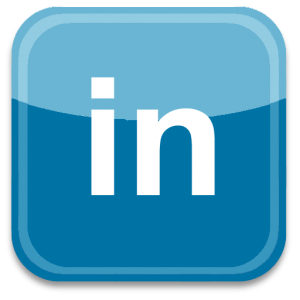The first toothbrush was invented in China in 1000 A.D. It was an ivory-handled toothbrush with bristles made from a horse's mane. Toothbrushes became popular in the 19th century among the Victorian affluent. Mass marketing and the advent of nylon bristles in the 20th century made toothbrushes inexpensive and available to everyone
Choosing a Toothbrush
Never before has there been such a dizzying array of toothbrushes on the market. Consumers are inundated with new designs, materials, attachments, and colors.
Whatever toothbrush design you choose, the most important thing is that you use the toothbrush-at least two or three times a day. Toothbrushes accomplish one major purpose: removing plaque. A good quality toothbrush with well-made bristles will accomplish that.
Moreover, how long you spend brushing your teeth is as critical as how often you brush your teeth. Many people simply brush for a few seconds, spit, and place the toothbrush back in the cup. It is very important to spend at least 2-3 minutes brushing your teeth. This helps to ensure that the brush doesn't miss hard-to-reach or often neglected surfaces. Use short, circular motions and brush at a 45-degree angle.
Following are some tips for choosing a toothbrush:
- Choose toothbrushes with soft, round-headed bristles Avoid big-headed toothbrushes. Dental associations recommend that you buy a toothbrush with a compact head-1" by 1/2"-so you can easily reach the small areas of your mouth.
- Some toothbrushes today have wide handles. This helps you control the toothbrush better. So, choose a toothbrush with a handle that is long enough and wide enough for you to handle. You should replace your toothbrush at least four times a year-more often if you have been sick.
Electric vs. Manual Toothbrushes
There are a wide variety of electric toothbrushes on the market today. Some are even disposable. A few models have even received positive reviews by the American Dental Association.
Electric toothbrushes, for the most part, can be just as effective as the old-fashioned, non-powered varieties. Some studies have shown electric toothbrushes cover more area quickly because of their rapid, rotating bristles.
If only the novelty of them, electric toothbrushes may encourage more frequent brushing among people who normally hate to brush. They also may be advantageous for people who have arthritis, or for children with braces who find it more difficult to navigate around the appliances with a manual toothbrush.
A few things to remember about electric toothbrushes: Some are expensive; nearly all cost more than a conventional toothbrush. They also require recharging. And most people who use an electric toothbrush for the first time may experience a little bleeding from the powerful bristle action on their gums. In most cases, the bleeding will stop after a few uses.







